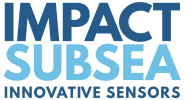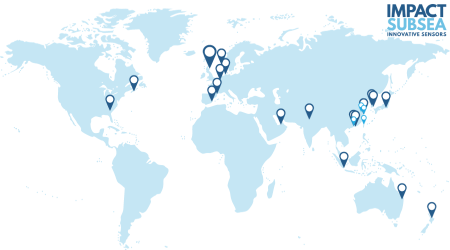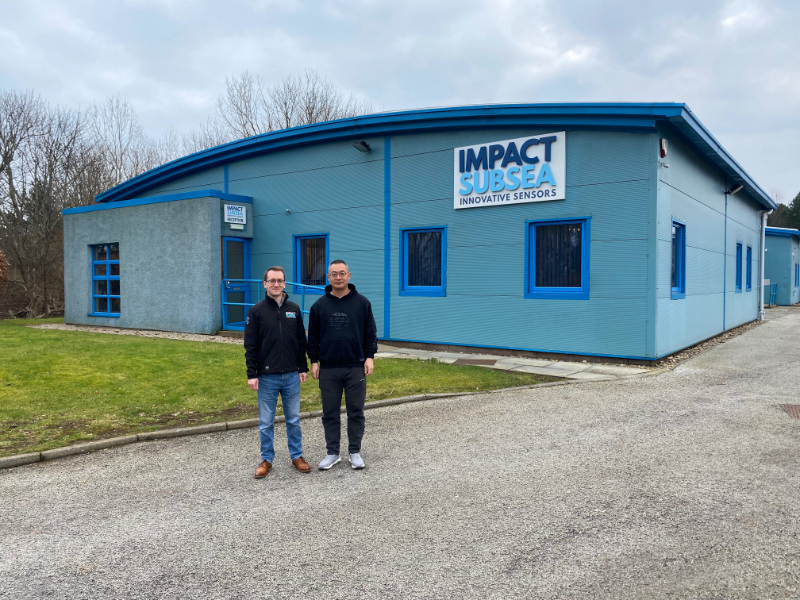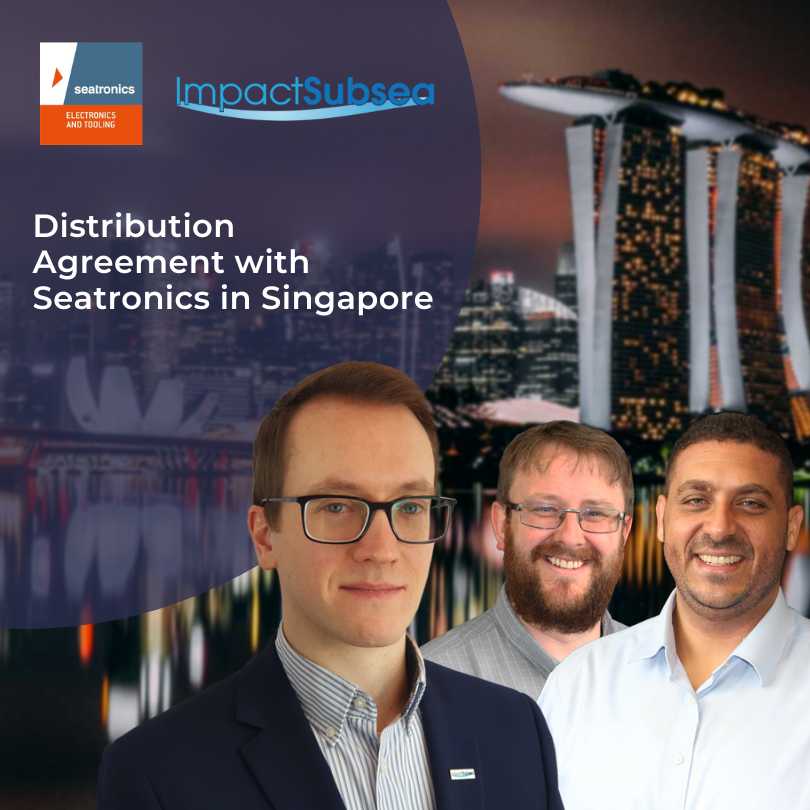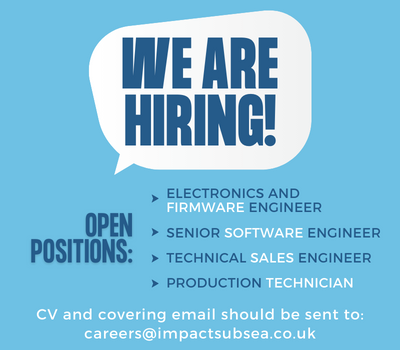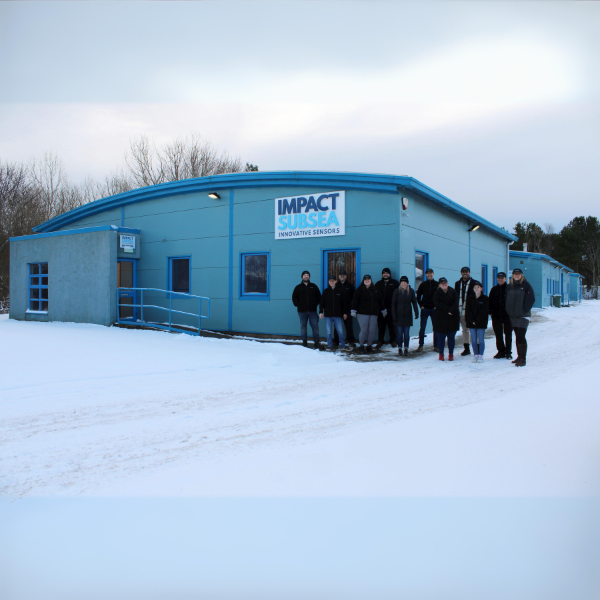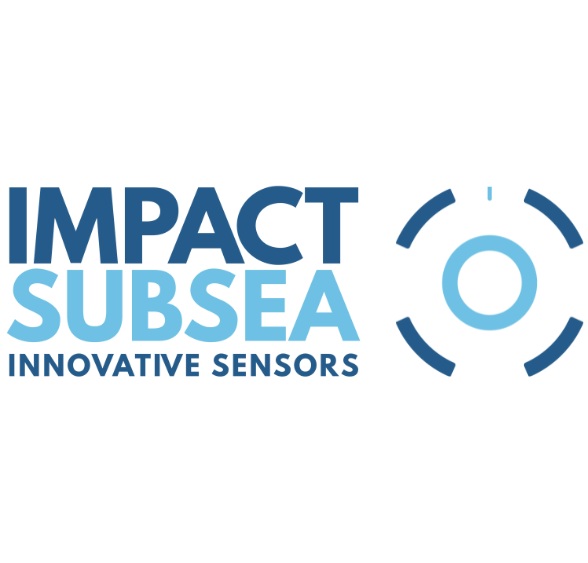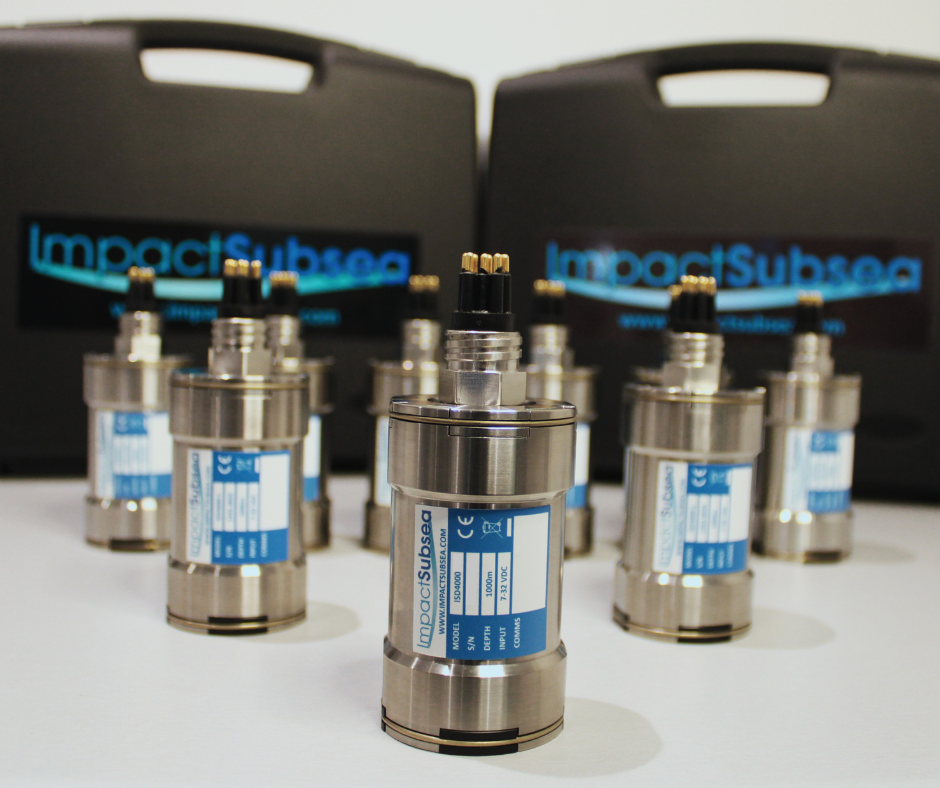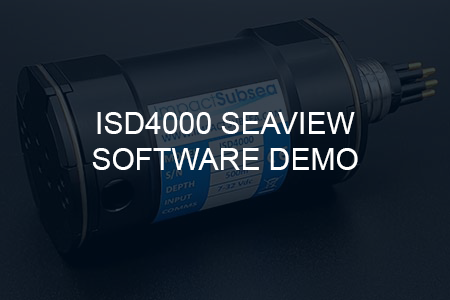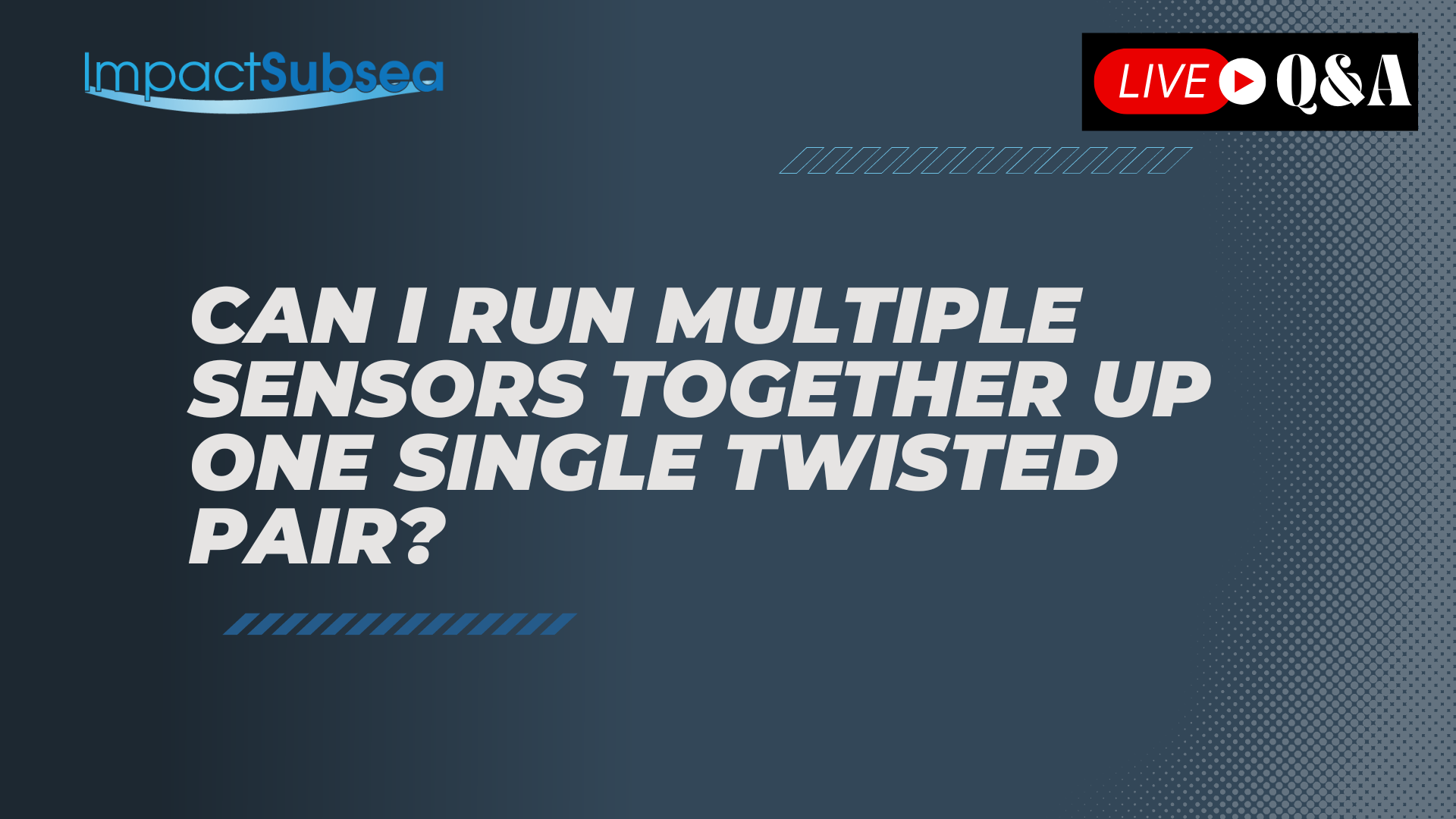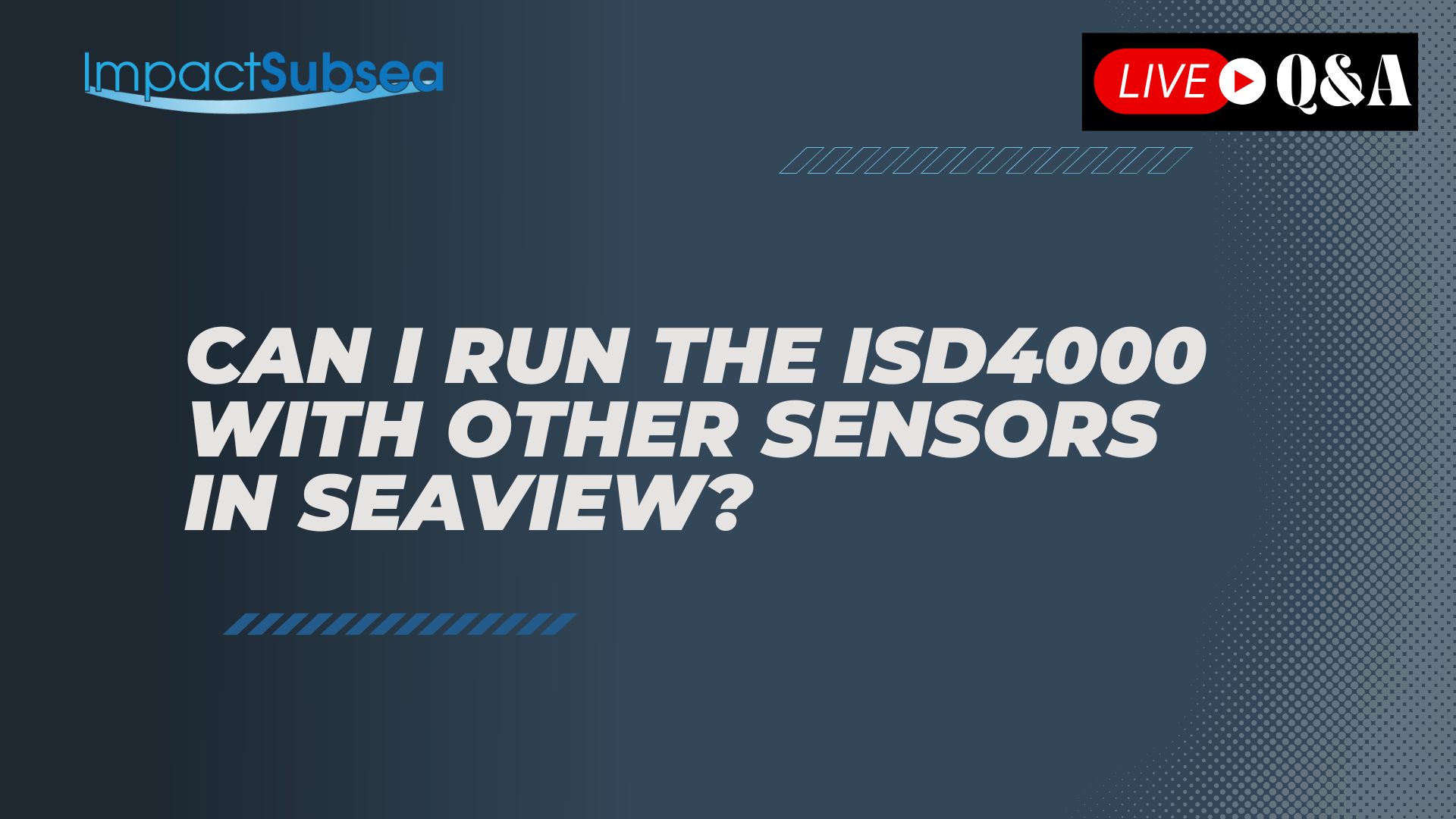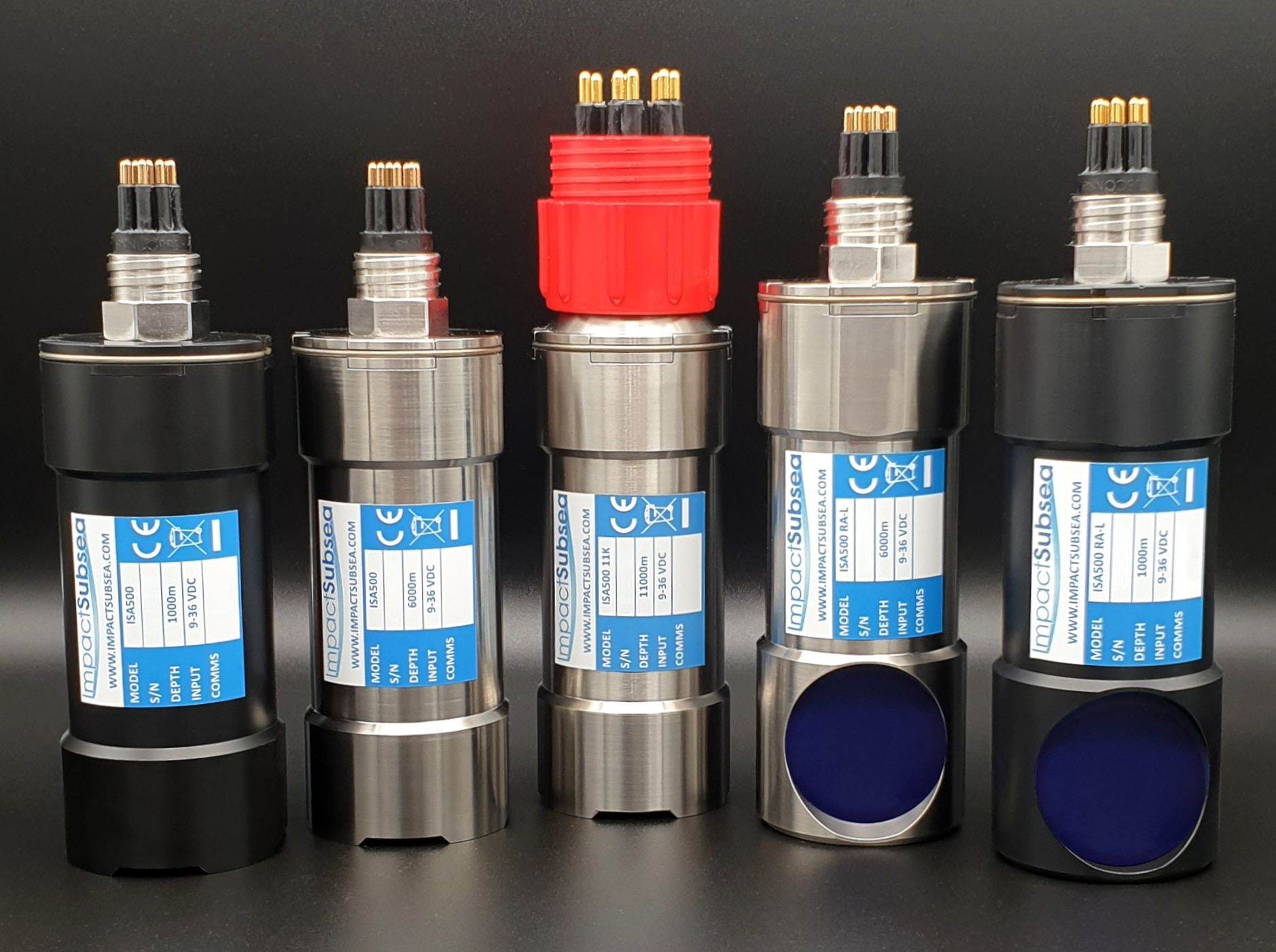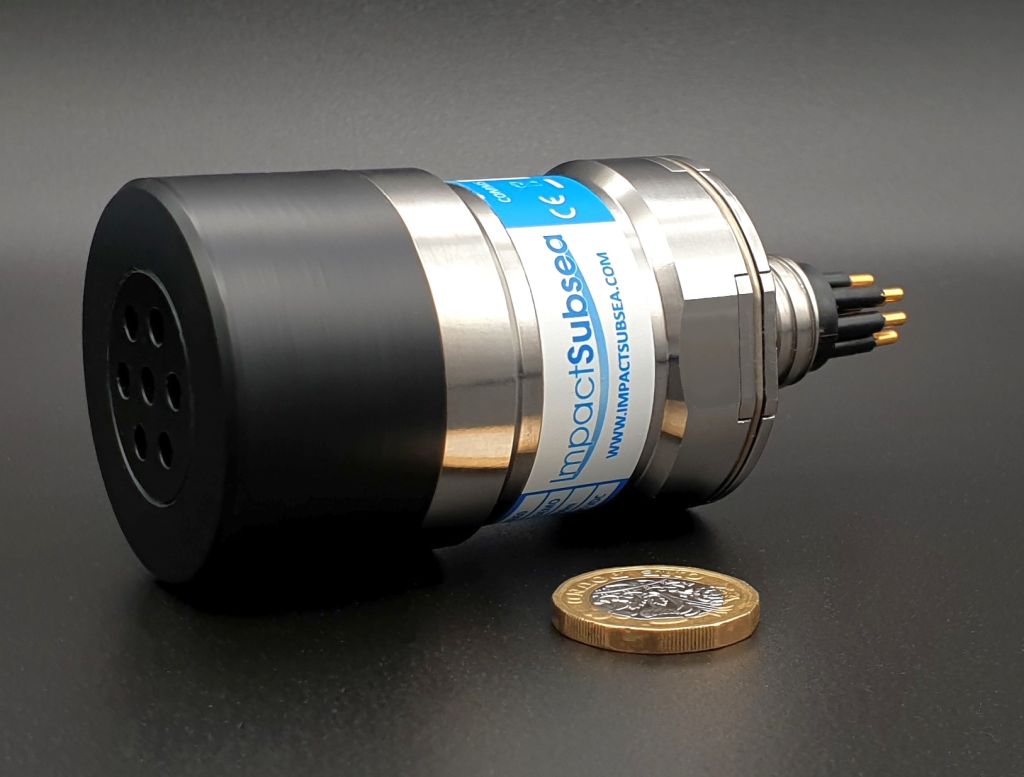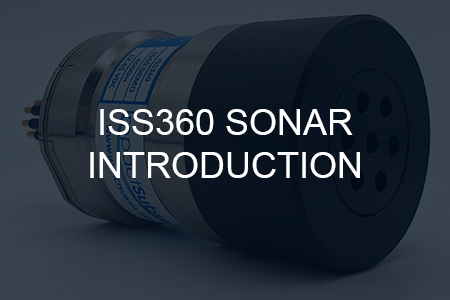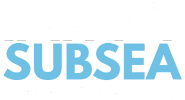AUV / ROV Depth Sensors – ISD4000 Live Question & Answer Session.
Transcript
Hi and welcome to this week’s live session on YouTube from Impact Subsea.
I’m Ben Grant, Managing Director of Impact Subsea. This week I’ll be answering your questions live here on YouTube.
AUV / ROV Depth sensors – ISD4000 introduction
Today we’re going to start things off by a brief overview of the ISD4000 depth and temperature sensor and then I’m going to answer some of the common questions that we get on this sensor.
So to start things off we have our AUV / ROV Depth Sensors – ISD4000 which is a highly compact depth and temperature sensor.
We have optional, integrated heading reference system and ISD4000 is available in titanium, as seen here or we can also do the same sensor, in the same housing but in acetal material.
The sensor itself; you’ve got the connector end cap with the subcon connector as standard and on the other end you’ve got a plastic cover which covers the raw pressure sensor and also the temperature sensor just in there.
Both of these can be accessed by removing the black, plastic cap and you can do that by the little clip there. You get your your finger in there and just prise the clip apart. The clip comes off and then the protective end cap comes off and away and you can then see and get access to the pressure sensor which is ideal if you want to rinse it or clean it after a deployment and you can also see the temperature sensor there so again it’s ideal for getting access to that and just cleaning it out after use.
The AUV / ROV Depth Sensors are quick and easy to reassemble; put the cap back on and take the clip and just open out and it snaps back into place just like that.
In terms of what sense actually measures the pressure sensor will measure pressure to 0.01 with full scale accuracy we can also calibrate it to 0.005 full scale if you need a very high level of accuracy and precision in your depth measurement. The temperature sensor will measure temperature to 0.1 degree. We can optionally calibrate that to 0.01 degrees accuracy if you need exceptionally high accuracy temperature readings.
Both the pressure and the temperature are very low latency readings so any change in pressure will rapidly be progressed through to an output. Connect with data anywhere up to 100 times a second. Likewise with the temperature sensor that temperature sensor there, you can see it’s a little stainless steel probe in there and the probe itself is actually hollow and we hollow it out and we slide the temperature sensor right into the middle of that probe. That ensures that all the readings are very low latency as well as being very high accuracy.
I’m working in less than 100 meters of water – what would you suggest in terms of ISD4000 options?
One question we sometimes get asked running an ISD4000 is which configuration of ISD4000 should I get for my application? For example, if you’re working in 100 meters of water, what would be the best configuration to utilise? In terms of ISD4000 AUV / ROV Depth Sensors, they all come in the same body, they look the same but we offer them with a number of different pressure sensors. We offer 10, 30, 50, 100, 300, 400 and 600 bar sensors.
The idea or the ideal situation is to choose a sensor which is closest to your depth of deployment. In 100 meters of water and you’re never going to exceed 100 meters depth then a 10 bar sensor is ideal so that will give you 0.01 full scale accuracy and so you’ll get about a one centimeter accuracy in actual depth readings. Likewise if you’re going up to 6000 meters water depth it’s best to utilise the correct sensor.
Just had a question come through here.
How do I get comms quickly?
So the question that has been posted is; I’ve got ISD4000 AUV / ROV Depth Sensors back from a customer and they don’t know how they have configured it. How do I get comms quickly?
So this is a good question and so usually when we send out sensors we’ve got the sensor label there and that gives you details of the sensor type, the serial number and depth rating etc. Once dispatched from Impact Subsea we also state the communications on there.
If it’s RS232 or RS485 and also the baud rate; if it’s 9600 etc. Sometimes if it’s been out offshore, on a customer deployment and the sensor then comes back to you and possibly it’s reconfigured while it’s offshore and what it says on the label may not actually be how the sensor is configured.
We’ve introduced a nice, simple way to always get comms. So we get the sensor back, if you don’t know how it’s been configured take the sensor, put it on a desk with the connector pointing upwards, pressure transducer pointing downwards.
Connect the cable and apply power then within the first 10 seconds of applying power you want to invert the sensor three times. Literally just turn it upside down like that. Three times and it’ll default the sensor to RS232 9600 baud and allow you to quickly get communications through a RS232 serial interface.
If you don’t have a serial interface of RS232 serial interface. If you keep inverting the sensor six times within that first 10 seconds from power on window it’ll default to RS485 9600. So you’ve got a quick way to get it to set to RS232 comms or RS485 comms.
These are both just temporary changes in the communications as soon as you supply power it’ll go back to how it’s saved but the reset procedure allows you to get comms, go into the settings and then reconfigure the sensor to have whatever communications you require.
Can I find out more about AHRS?
I’m just looking at some other questions that we sometimes get asked. One question that sometimes comes up is with regards to the ahrs so the attitude and heading reference system. So within the ISD4000 you always get pressure, depth and temperature readings but you also optionally get attitude, heading reference system and this will provide you with heading, pitch and roll. Pitch and roll to within 0.2 degrees and heading to within 1 degree of magnetic North.
Does the ISD4000 [with AHRS] have immunity against temporary magnetic interference, such as close proximity to metallic structures and pipelines?
So sometimes we’ll get asked about temporary, magnetic interference when working around steel structures. For example; how will that affect the heading? In terms of magnetics any steel structures won’t affect the pitch and roll at all but a prolonged exposure to a magnetic source will affect the heading. Within the ISD4000 it’s got three accelerometers, three gyroscopes and three magnetometers. One of each in the kind of X Y and Z planes.
These all fuse together and an output of that fusion algorithm is heading, pitch and roll. The heading is based on magnetic North so when it first powers up the magnetometers find where North is and heading is aligned to that and the gyros and accelerometers help stabilise that heading so if you have a temporary magnetic interference and maybe come up close to a pipeline that’ll affect the magnetometers but the gyroscopes and accelerometers don’t register any change.
They hold the original heading. If you sit there for a long time it will slowly drift round but you have a limited amount of protection from a temporary magnetic interference. If you require heading pitch and roll with a higher level of immunity for magnetic effects then we have our ISM3D heading pitch and roll sensor which is based on a higher grade accelerometers and gyroscopes, it’s worth checking out.
Can I run the AUV / ROV Depth Sensors with other sensors in seaView?
Another question we sometimes get asked is ‘Can I run the ISD4000 alongside other sensors?’ We provide software called seaView the latest generation is V3, seaViewV3 and within seaViewV3 you have an ISD4000 application which allows you to configure the sensor, calibrate the sensor, view all the data from the sensor and log all the data etc. It gives you a live platform so you can either use that as your one display and configuration software or you can use it just to set the sensor up to output the correct data format, to integrate it into a third-party system.
If you’re running into seaView and you’ve got the ISD4000 app you can also run it alongside our other sensors. You can run the ISA500 altimeter, the ISM3D ahrs sensor, the ISS360 sonar, you can run them all on one screen, all of these are coming in live, all data being logged so it’s one single user interface with a lot of data being shown.
Can I run multiple sensors together up one single twisted pair?
Something else which you can do with our sensors is if you run them over RS485 comms, we can do multi drop so you can run multiple sensors up one single twisted pair and seaView will automatically interrogate each one into the data, live in real time. This can be quite useful if you have limited twisted pairs of data channels with sensors to connect over.
I think that’s answered most of the kind of common questions we get on the ISD4000 AUV / ROV Depth Sensors but if you have any more questions, at any time, feel free to drop us an email at info@impactsubsea.co.uk or visit our website where there’s a wealth of technical information available there.
The latest ISD4000 datasheet, manual, 3D models and further technical information can be found on the product page
Watch and learn more about the ISD4000 AUV / ROV Depth Sensors: YouTube playlist
Bye for now.
► OUR PRODUCTS ◄
► SUBSCRIBE ◄
► LETS CONNECT: ◄
► GET IN TOUCH ◄
EMAIL: info@impactsubsea.co.uk
PHONE: +44 (0)1224 460 850
Monday – Friday, 9AM – 5PM GMT
